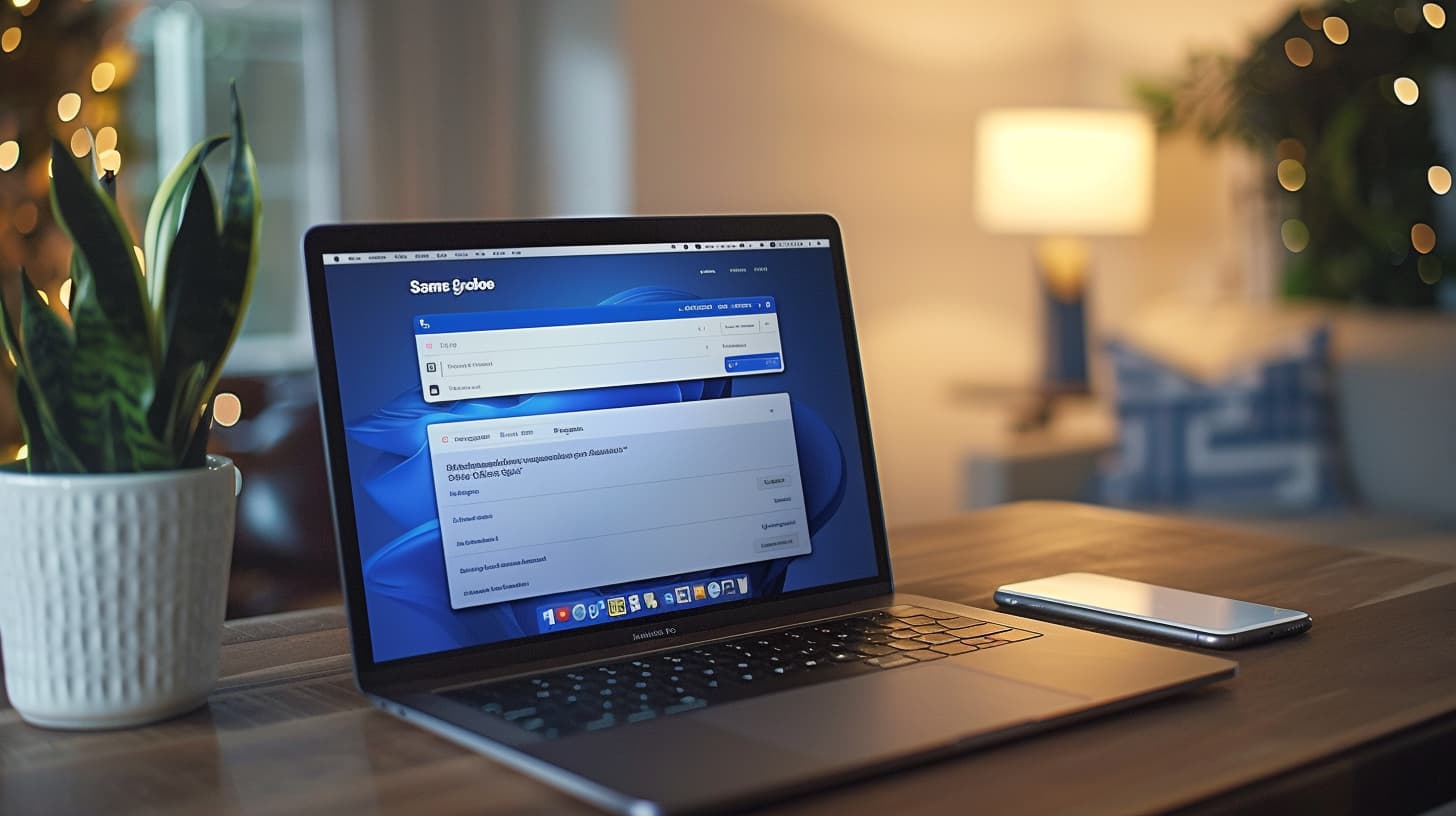It’s a question that comes up time and again for small business owners: how to pay with a credit card? In this blog post, we’re going to take a look at the different ways you can go about paying your vendors with a credit card. We’ll also discuss some of the pros and cons of using this payment method for vendor payments. So, whether you’re just starting as a business owner or you’ve been in the game for a while, read on for some helpful tips!
How To Pay with Credit Card? Paying Vendors with Credit Cards
If you’re like most people, you probably use your credit card for everything from buying gas to groceries to clothes. But did you know that you can also use your credit card to pay vendors?
Paying vendors with credit cards can be a great way to improve your cash flow and pay your business expenses. When you pay with a credit card, the vendor doesn’t get paid until the end of the billing cycle. So if you have a 30-day billing cycle, the vendor won’t get paid until 30 days after they provide the service or ship the product.

This can be a great way to free up some cash in your business. Instead of paying the vendor right away, you can use that money to invest in other areas of your business or to pay other bills.
The best credit cards for nonprofits are those that offer the most rewards, such as cashback or points that can be redeemed for travel. At the same time, you can use these credit cards to make a vendor payment as well.
Of course, there are some drawbacks to paying vendors with credit cards. The biggest one is that you’ll usually have to pay a processing fee. This fee can be anywhere from a few cents to a few dollars per transaction. A third-party company will also likely charge a fee to process the credit card payment.
Another drawback is that it can be difficult to track expenses if you’re using multiple credit cards. That’s why it’s important to keep good records and to use accounting software that can help you track your expenses.
Overall, paying vendors with credit cards can be a great way to improve your cash flow and earn credit card rewards. Just be sure to weigh the pros and cons before you make any decisions.
Ways To Use a Credit Card to Pay Providers
A business can pay a supplier’s invoice using a credit card in three different ways. Review our advice for haggling with suppliers who don’t accept credit card payments after taking into account each of the methods listed below.
Identify Any Payment Partners That Your Credit Card Provider Has
Some credit card providers assist small businesses that must use credit cards to pay suppliers. To make these transactions easier, the business, for instance, might collaborate with a different business.
- A small business owner who uses American Express might make use of the company’s partnerships with Amazon Business and Walmart.
Depending on the card membership, the cardholder typically manually activates this feature for their business card. The partner takes care of the rest and provides your company with a virtual account number so you may pay your vendors.

After you start a transaction, the payment partner can mail a paper check or use other payment methods on your company’s behalf to pay the credit card bill. Your credit card company may reward points as part of this arrangement that is typically allocated for direct card payments.
Find out whether your card issuer offers any partnerships or other alternatives for accounts payable.
Paying Your Merchants and Suppliers Directly
You’re good to go if your supplier accepts credit cards as payment. If a vendor accepts credit cards, they will have a merchant account with a bank. The vendor’s customer pays by credit card, and the funds are transferred to the merchant account. Using a service like Visa provisioning service, the vendor can also receive payments from international customers.
To send you an electronic invoice, many vendors utilize standalone invoicing software or a program like QuickBooks. Utilize the payment button, input your card information, and finish the transaction.
In general, you have the option of using a physical card or a virtual card, which is practical if numerous employees and teams are making purchases. (Ensure that your company has a written credit card policy in place.)
Only conventional payment procedures, such as checks or bank transfers, and wire transfers, may be mentioned in a vendor’s policy. You might only need to inquire; it doesn’t necessarily follow that they don’t accept credit cards. You can learn how to develop a compelling argument in the section after this one.
Utilize A Trustworthy Third-Party Business
Even if a vendor doesn’t accept card payments, services like Plastiq let you pay them with a credit card. Cardholders who use the majority of the major card networks can access these services. All of these vendor payers follow a largely consistent methodology.
Your payment will be made by ACH, paper checks, or wire transfer after you provide the transaction and recipient information. The cost for processing payments on your cards is 2.5%*, which covers the expense of paying out vendors in full, so you don’t have to worry about late fees or unexpected expenses!
That may seem to be bad news if your goal is to accumulate rewards or airline miles by using a card, as this additional fee may outweigh the points you would otherwise earn.
What Happens If My Vendor Refuses to Accept Credit Cards?
If your vendors don’t accept credit cards, you can pay a charge to a third-party business to process card payments. But if you convince your suppliers to change, you can completely avoid these fees. Most businesses will eventually come around if you make a persuasive enough case.

Here are some tips on how to get vendors to accept credit card payments:
- Offer to prepay if they’re worried about getting paid on time.
- Sign up for a service like Bill.com, which will pay vendors electronically on your behalf (for a fee, of course).
- Ask your credit card company to increase your credit limit so that you can pay the vendor in full and avoid interest charges.
- Tell the vendor that you’ll switch to another supplier who does accept credit cards if they don’t change their pay-by-card policies.
To get their support, you’ll need to explain the advantages of accepting credit cards for particular types of vendors. If you have a history of timely payments and consistent orders, your argument will be more persuasive. We’ve gathered some talking ideas for the conversation below.
Your Company May Pay in Advance
Because credit card processing costs cut into your suppliers’ profits, it is a less desirable choice. If you offer to pay your bills early, they could find it worthwhile. Vendors seek to get monies as soon as feasible when 13% of invoice payments are made after the due date.
You might recommend paying with a card within 10 days or using shorter net payment terms. If you have a high-limit business credit card, you can also offer to pay the entire bill upfront. You might even be eligible for a discount for paying in advance.
Compared To Checks, Electronic Payments Are More Secure.
Checks continue to be the payment method that fraudsters target the most, even in this digital age. Additionally, ACH transfer payment hacks at businesses dealing with fraud rise year over year. By accepting credit cards, you can reduce the unneeded risk for your vendors. This may be a good option if your merchants want a more secure payment method.
Vendors Can Organize Their Receivables
Vendors can automate more of their accounts receivable collection processes when they accept credit cards. Compared to other payment options, payments are approved more quickly and frequently include additional transaction information.
Vendors might spend less time hunting down missed payments and balancing their accounts if more companies make on-time payments.
Paying with a Credit Card is Quick.
Like any business, suppliers rely on consistent inflow and outflow of funds. The less time they have to wait for funding, the better. Card payments can be handled more quickly than checks and ACH vendor payments in as little as 24 to 72 hours.
How Do I Pay My Suppliers with a Business Credit Card?
A top-notch rewards program and a credit limit that increases along with your firm are characteristics of a top business credit card. You can even leverage credit cards to build wealth for your business. But certain cards are better than others for covering company expenses, procuring raw materials, and purchasing supplies. These are the qualities a credit card used to pay suppliers should have.
Increased Credit Limit
You cannot attempt to pay bills and invoices on time while running up against a credit limit. Choose a credit card provider that adjusts your credit limit regularly in light of the money and funds you’re bringing in. With the correct card, you can increase your cash flow, increase your working capital, and cover a range of operating expenses.
Leading-Edge Incentives
Make sure your business credit card earns plenty of points, especially for categories related to purchases of supplies. Most cards give at least two times as many points for buying supplies. The benefits you require, such as transportation, travel, conferences, and more, should be redeemable using points. You can earn rewards for different types of expenses. There are not many disadvantages to having multiple credit cards for rewards.
Tools For Managing Expenses
The ability to streamline spending is one of the reasons founders choose to pay suppliers with credit cards. The first step in maintaining accurate and current books is the transaction level. Pick a credit card with simple features for tracking your spending.
This has a built-in app for scanning receipts and note-taking capabilities for every transaction. In this way, you can keep a close eye on your expenditures on business-related goods and other items.

The Brex corporate card is a great way to provide your company with all the benefits of an emerging business without compromising on style or quality. If you’re looking for something that’s flexible and easy to use, this may be just what you need!
Switching From a Cost to a Profit Center
Small business owners can make payments early, maintain organization, and qualify for benefits by paying suppliers with credit cards. Even better, early payment incentives and card rewards can lower a company’s overall cost of goods sold.
Accepting credit cards can speed up payments to suppliers and manage their accounts receivable. Even greater sales and larger order quantities may be encouraged by it.
A mutually advantageous card payment arrangement can be negotiated by working one-on-one with your suppliers. Alternatively, start using a credit card to pay your vendors by utilizing third-party services.
The Advantages of Credit Card Payment
Some of you may already be aware of the advantages of accepting credit cards, particularly for small business owners. For those of you who don’t, here are some justifications for why business owners should consider utilizing business credit cards:

More Stability of Cash Flow
Credit card payments give you greater flexibility to plan when funds will leave your bank account for payment due to the expanded payment window mentioned above.
For instance, you may use the credit card to pay a bill with a 15-day term on time and set up a payment against the credit card amount for 35 days after your sales start to arrive in your bank. Businesses that must sell products to cover the cost of those products are especially in need of this kind of flexibility.
Prolonged Terms
The time it takes for money to leave the bank for expenses might be increased by using a credit card to pay invoices. You continue to pay on time, though. Therefore, there is normally a buffer of at least 30 days between the date a bill is issued and the date the money necessary to pay it leaves your bank account.
Schemes For Discounts and Incentives on Credit Cards
For business owners, earning credit card points or cashback on business spending is undoubtedly advantageous. Who doesn’t enjoy receiving praise? In addition to this, many businesses give discounts or other advantages to customers who pay beforehand or entirely at once.
Business owners can better make use of “pay-early” discount opportunities by taking advantage of the extended terms, and more stable cash flow indicated above without breaking the bank.

In summary, there are several reasons why companies might prefer to use credit cards to make payments rather than more conventional cash-based ones. However, there is more to it than this.
These advantages might be increased by utilizing Corpay One combined with a credit card! Also, it’s very simple. In essence, it works exactly like paying with your bank account in Corpay One, with the exception that your credit card pays the bills, not your bank account.



